DAY 7 : Liberation Begins with the BIPOC Imagination (released 12/19/2020)
A little confession: I am a lifelong theater-maker in recovery from an abusive relationship.
I’m coming to terms with the unfortunate fact that my imagination has been colonized, despite years of resistance. I’ve been held captive by Eurocentric theatrical traditions, language, and dramaturgy that has been thrust upon me at various points in my creative evolution. Over time, it’s hardened into the very foundation of my theater practice. This assault on my creativity began with my first encounters with the so-called “theatrical canon,” which in most schools, academies, and institutions, centers a white, European aesthetic.
As theater-makers, early on we are given the message that in order to succeed and thrive, we must adhere to theatrical forms that are antithetical to the ways we wish to tell our own stories. We are asked to reckon with the realities of the white spatial imaginary, navigating a realm that doesn’t make room for the complexity or totality of our beings. This raises the question: how do we truly free our imaginations while working in a culture-at-large, that is designed to reign in our aesthetic impulses?
“I don’t quite understand that character. Is there a way to make them more relatable? Can you soften the dialect?”
How many times have we heard white artistic directors, dramaturgs, and directors use these coded phrases to dismantle the vision of BIPOC theater artists simply because they are unwilling or unable to enter a world that is unfamiliar, or challenging to their own sensibilities?
“I don’t really get what you are trying to say. Do they have to use that kind of language? Does it have to be bilingual?”
How many narratives have been disrupted and upended because of myopia and inherent racism? What is the cost of prioritizing the white gaze at the expense of the desires of BIPOC artists and audiences?
As predominantly white institutions begin to interrogate their practices and make a mad dash to appear responsive to the demands from BIPOC theater-makers, it’s essential that they also examine the vocabulary and framework that has been used to develop, critique and present our work. It is not enough to sprinkle the landscape with diversity and assume the hard work has been done. As we know, racism is an insidious force. It has infiltrated into all aspects of theater, wedging its way into nooks and crannies that are not always visible to even the most astute eye.
As BIPOC artists, it is also difficult to come to terms with the extent to which our creativity has been corrupted by developmental and critical structures that undermine our work. Chipping away at harmful practices and decolonizing our imaginations is no easy task, but it is key to reclaiming our creative space. Seeing…recognizing…calling out — and yes, confronting — the toxicity and racism in theater is why we signed the We See You letter; to protect and liberate our creative process from the hands of those who are not nurturing caregivers.
In this moment, it is not simply enough for institutions to go through the motion of inviting more diversity; they need to hold space for the various ways BIPOC theater artists dream, conjure, live in, wrestle with craft, and…present our work. Theatres must be more mindful and attentive to how the structures they have erected do not truly allow for the expansiveness of our vision. Frankly, they need to get out of the way, stop undercutting our ambition, and surrender to the reality that their way is not, and never will be the only way to make theater.
The healing has begun.
We will no longer allow the abuse to continue.
WSY
